
This week, the industry group Airlines for America announced that they’re projecting a record-high 234.1 million passengers would travel on a U.S. airline this summer, between June 1 and Aug. 31, 2017. That number represents a 4% increase over last year’s summer travel volume, which analysts trace to an improving economy. Though such projections these days may most immediately provoke worry about delays and other airport problems, air travel wasn’t always something to be dreaded.
These posters, from a collection curated by AbeBooks.com, an online books and collectibles marketplace, are a reminder of what flying was like at the advent of the period seen as the golden age of air travel. In that period, starting in the 1950s, air travel was right in the sweet spot for accessible luxury: still new and exciting and with the trappings of luxury, but evolved enough that consumers had access to destinations that would have been out of reach for all but the richest in former decades.
As Richard Davies wrote for AbeBooks, vintage airline posters can be very rare because they were not originally printed to be kept or purchased by consumers. They were ads that would be hung in relatively small numbers in places like airports, and they would be thrown away when the campaign was over. (This is a problem for poster collectors in general.)
According to the book Art of the Airways by Geza Szurovy, though airline poster art can be traced back to 1914 and the very first airline, the 1950s saw the form reach its peak just as aviation became a mature industry. Notably, posters from that period and later tended to focus not so much on the plane itself as where it could get you. “[The] allure of exotic destinations was a strong draw from the beginning,” Szurovy writes, “and as airline safety improved and speed was taken for granted the destination became the dominant theme.” As the posters above show, destination-themed posters reminded travelers of all the amazing places they could reach by plane, and enticed them to consider visiting new places. (One negative result of trying to sell the world to Americans, Davies notes, is that the airlines did sometimes turn to stereotypes as a shorthand.)
After the 1950s, the art form began to fade, replaced gradually by advertisements that featured color photography instead.
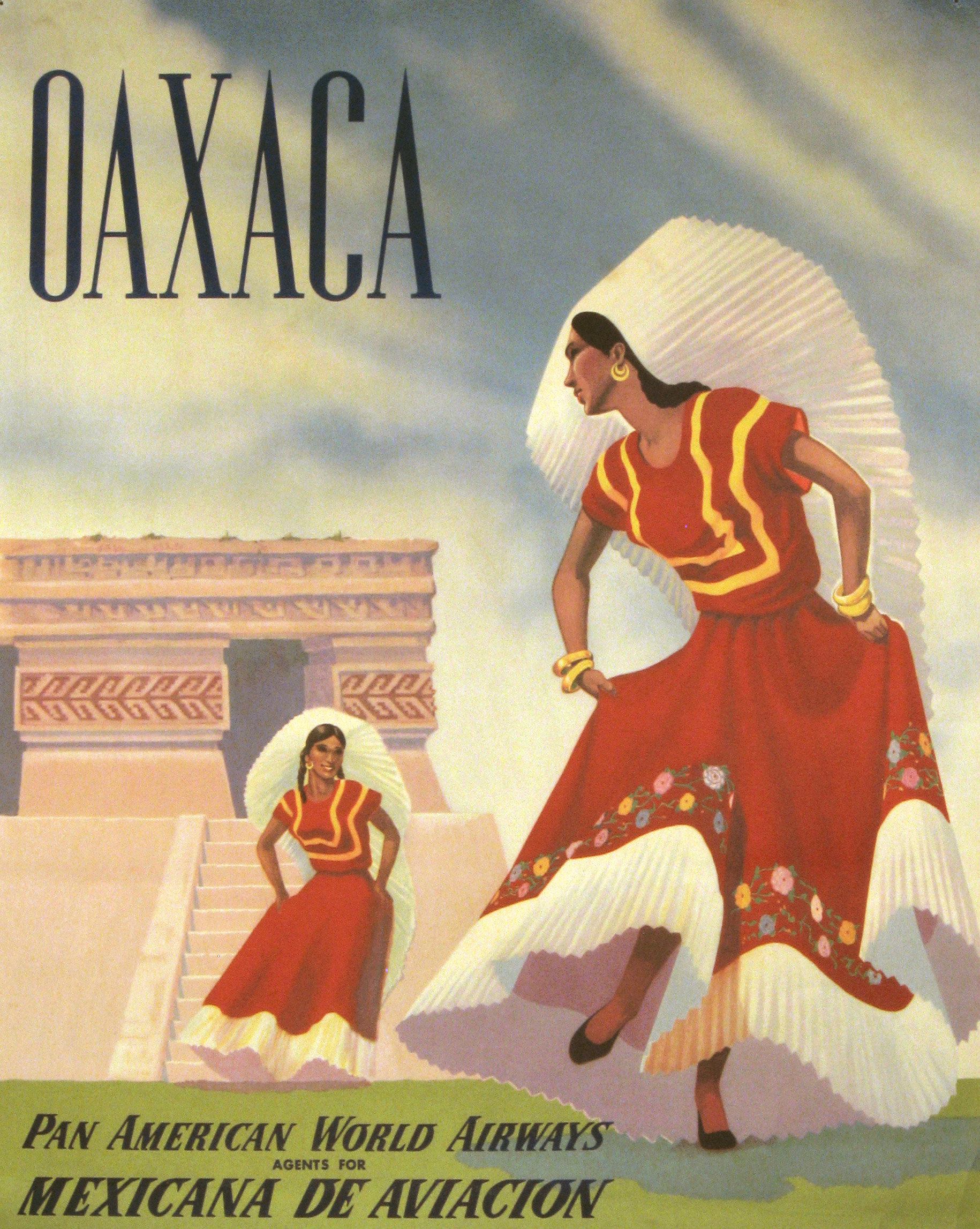
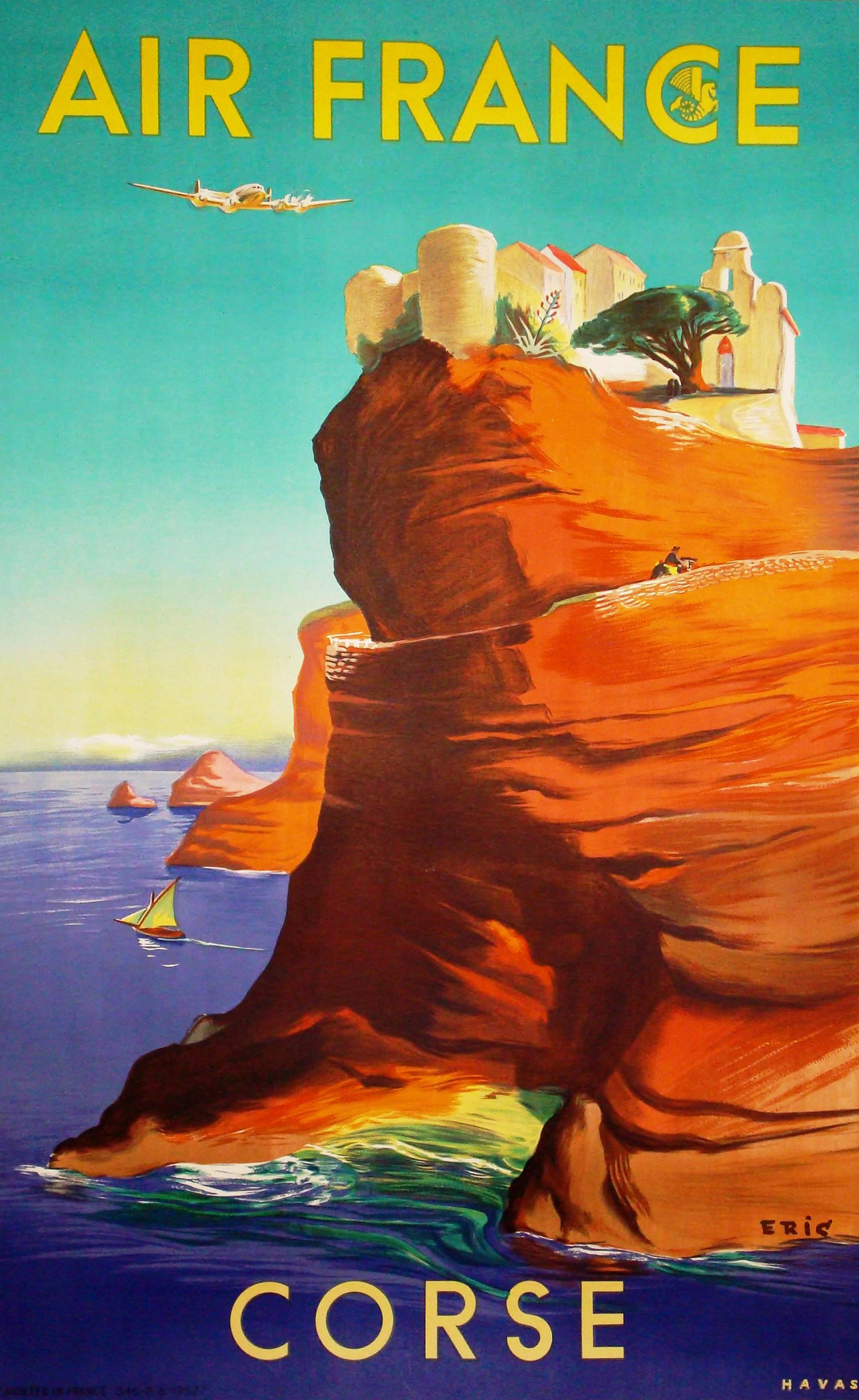
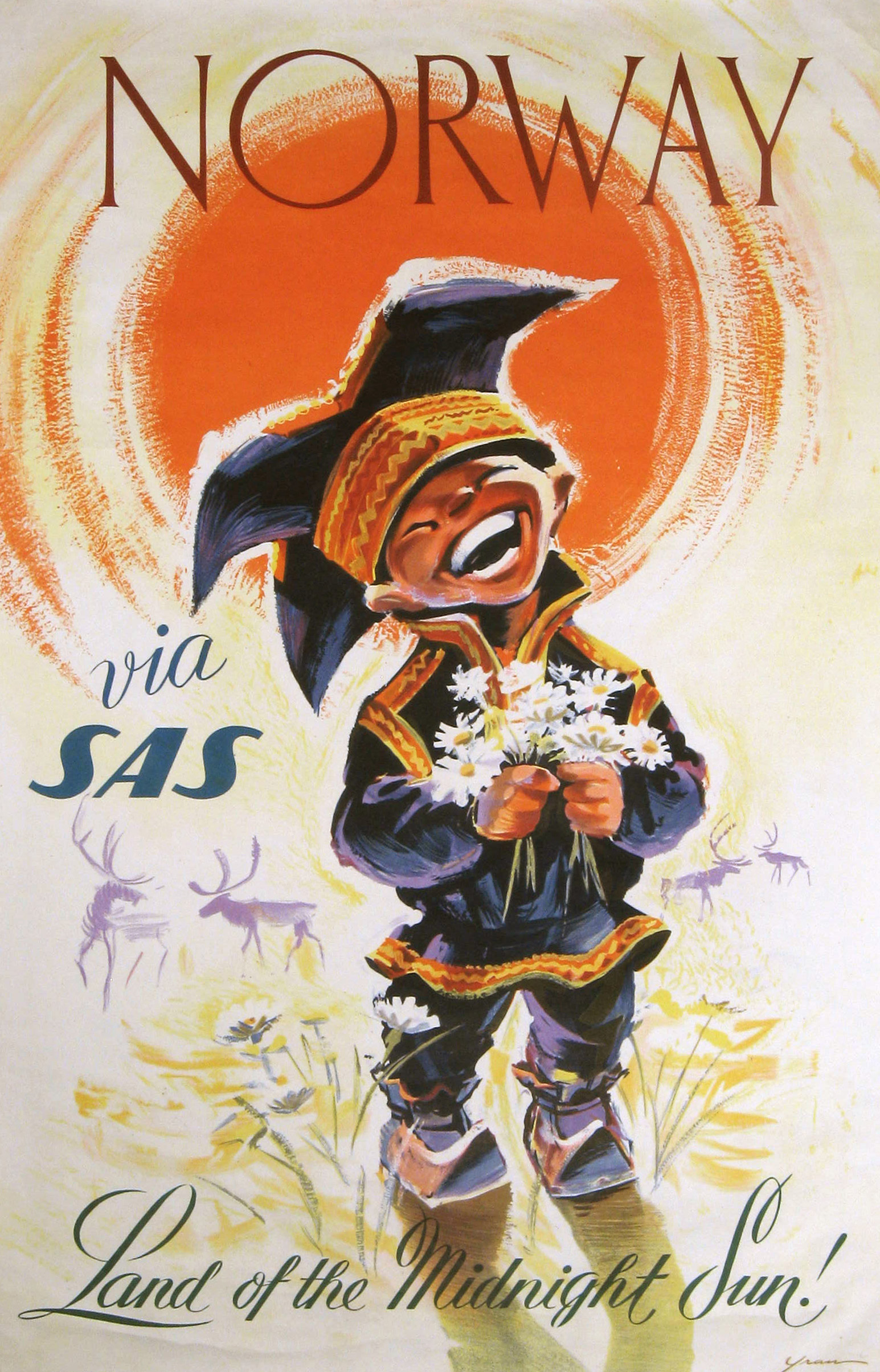
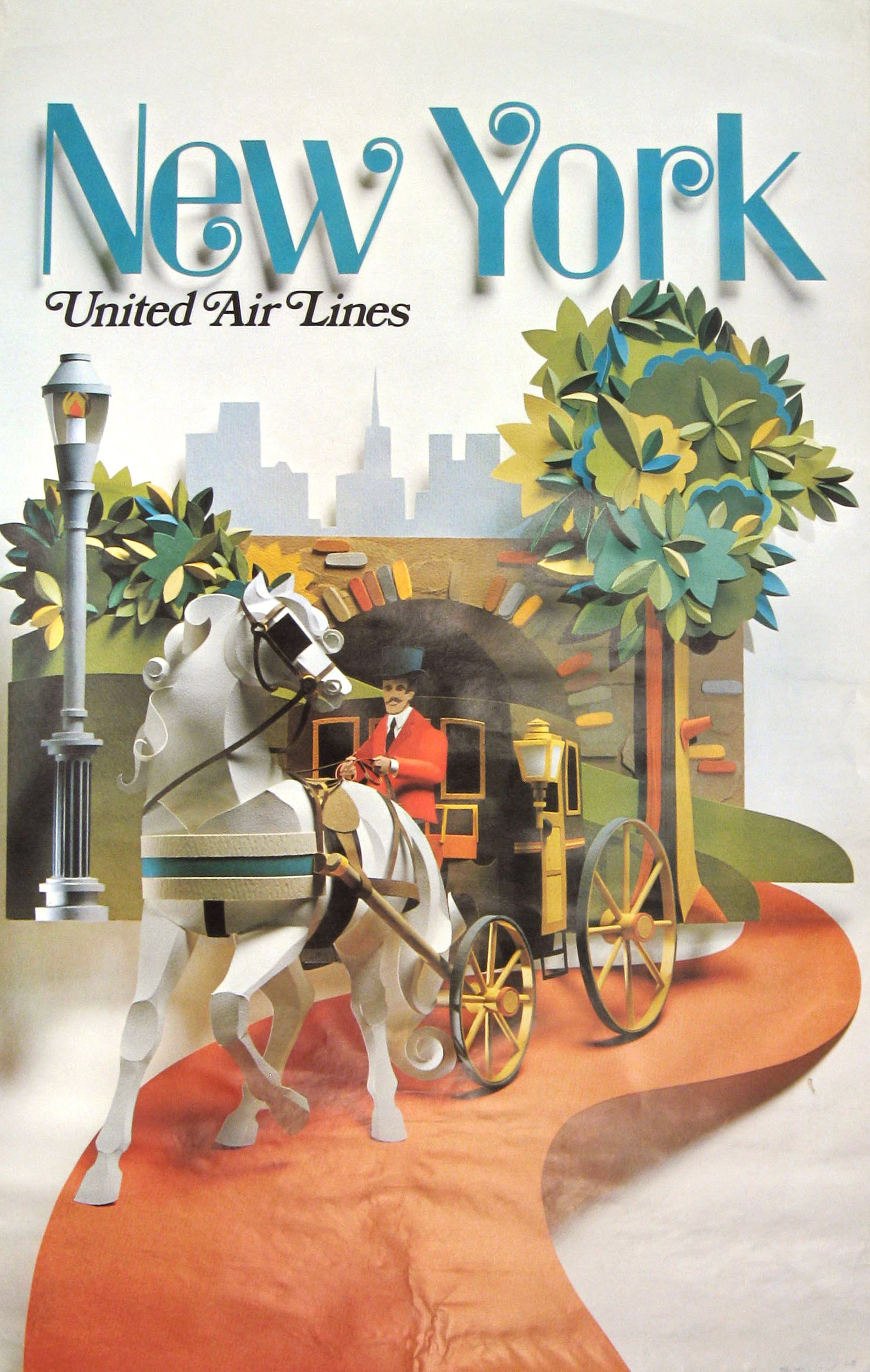
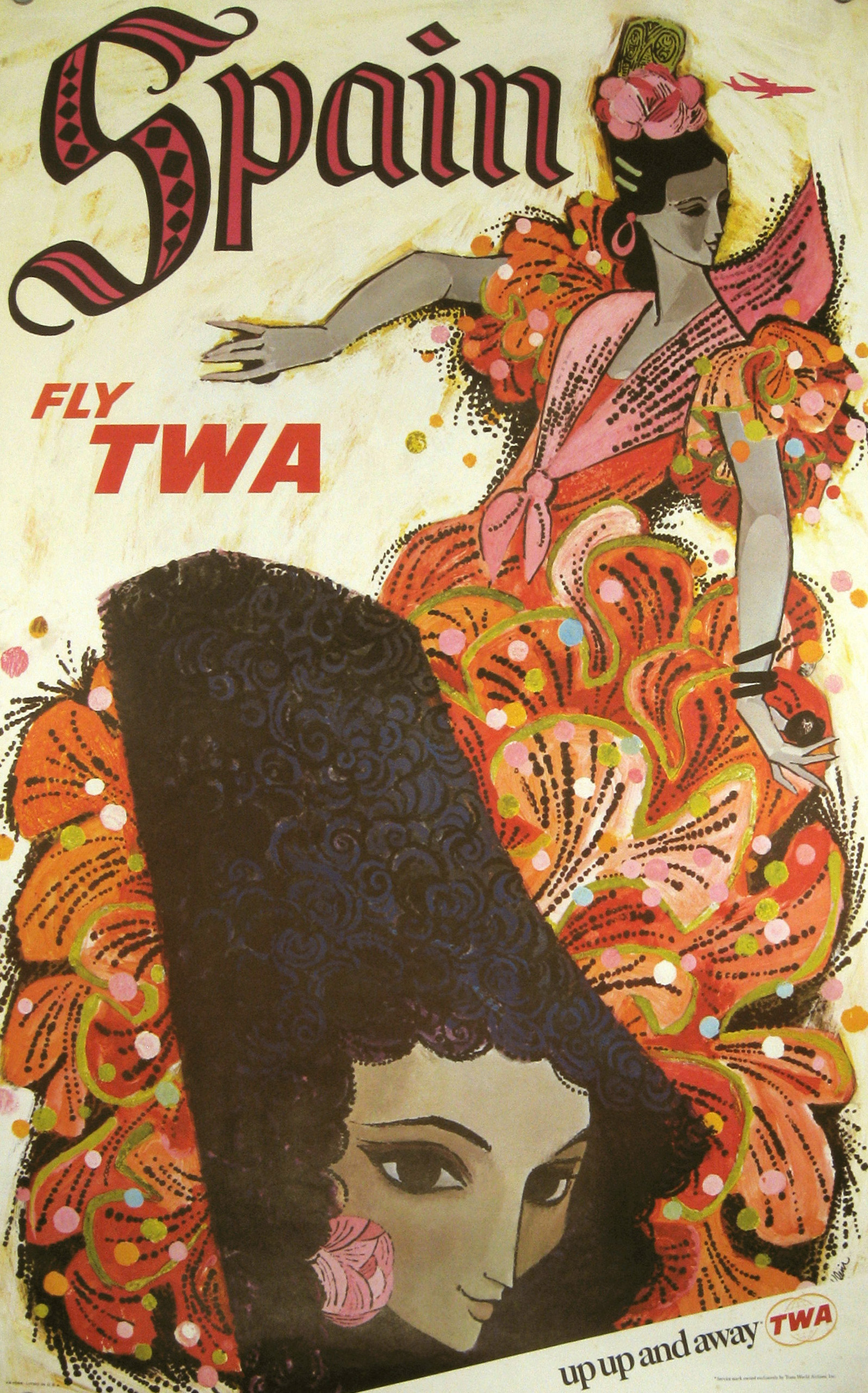

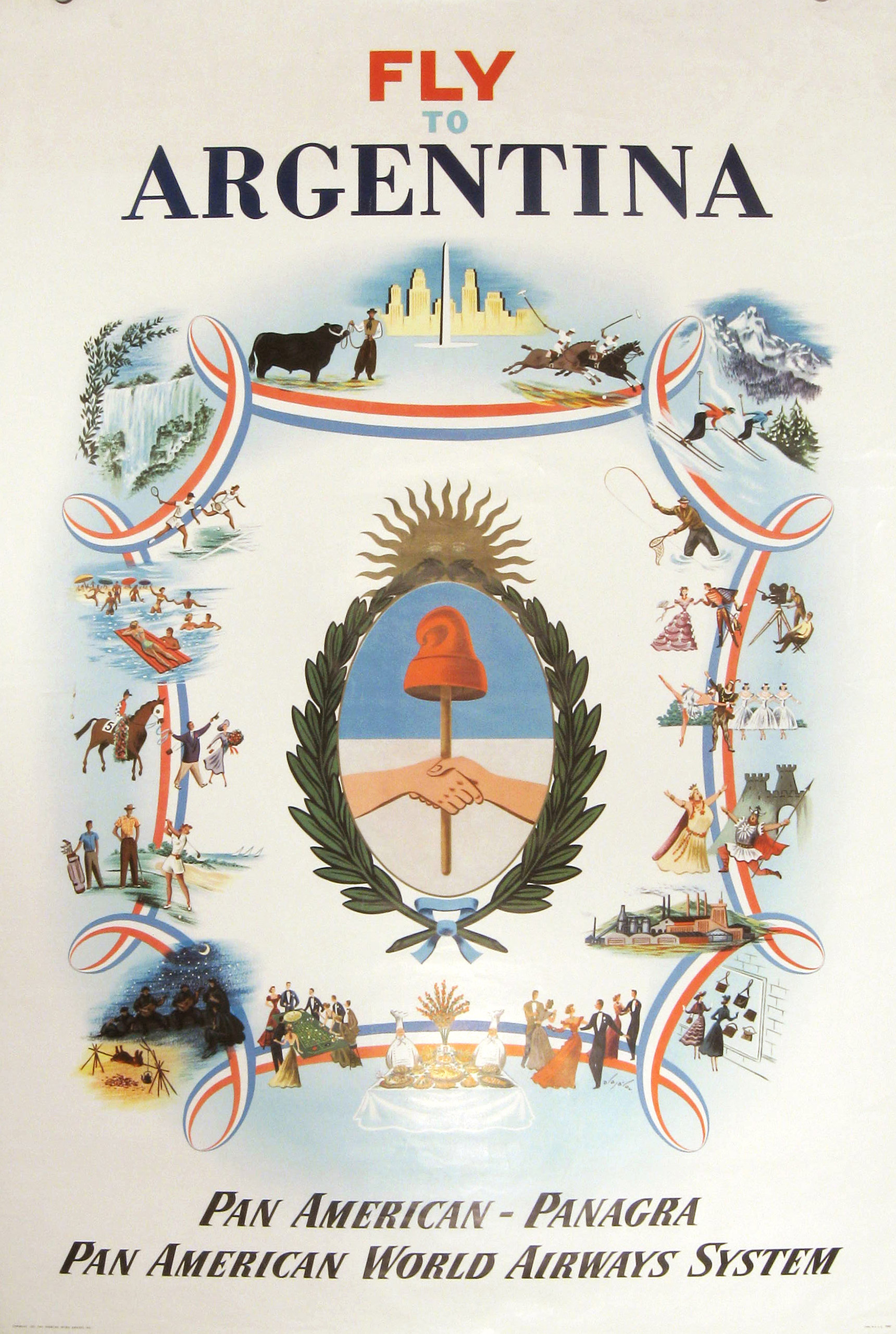
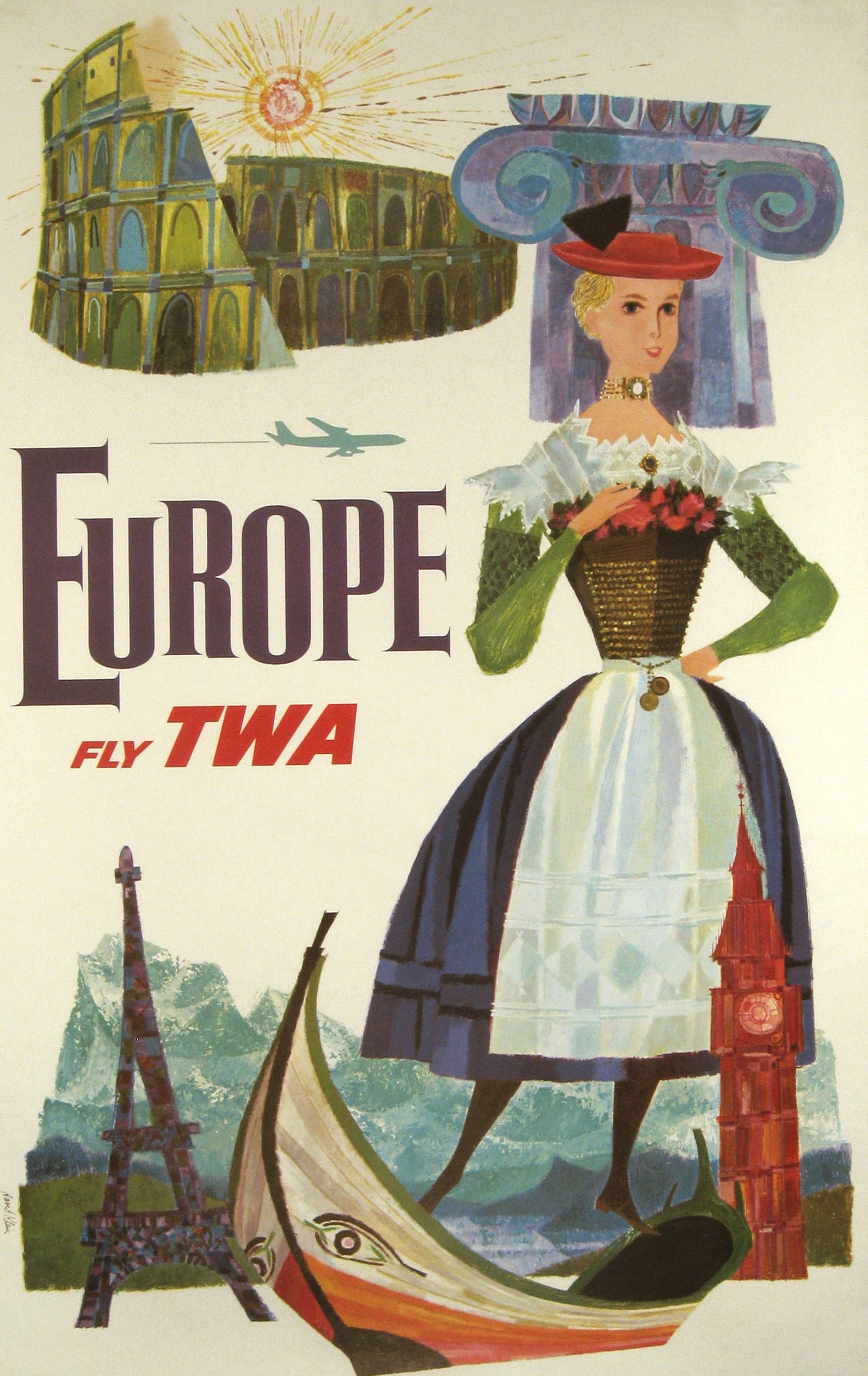
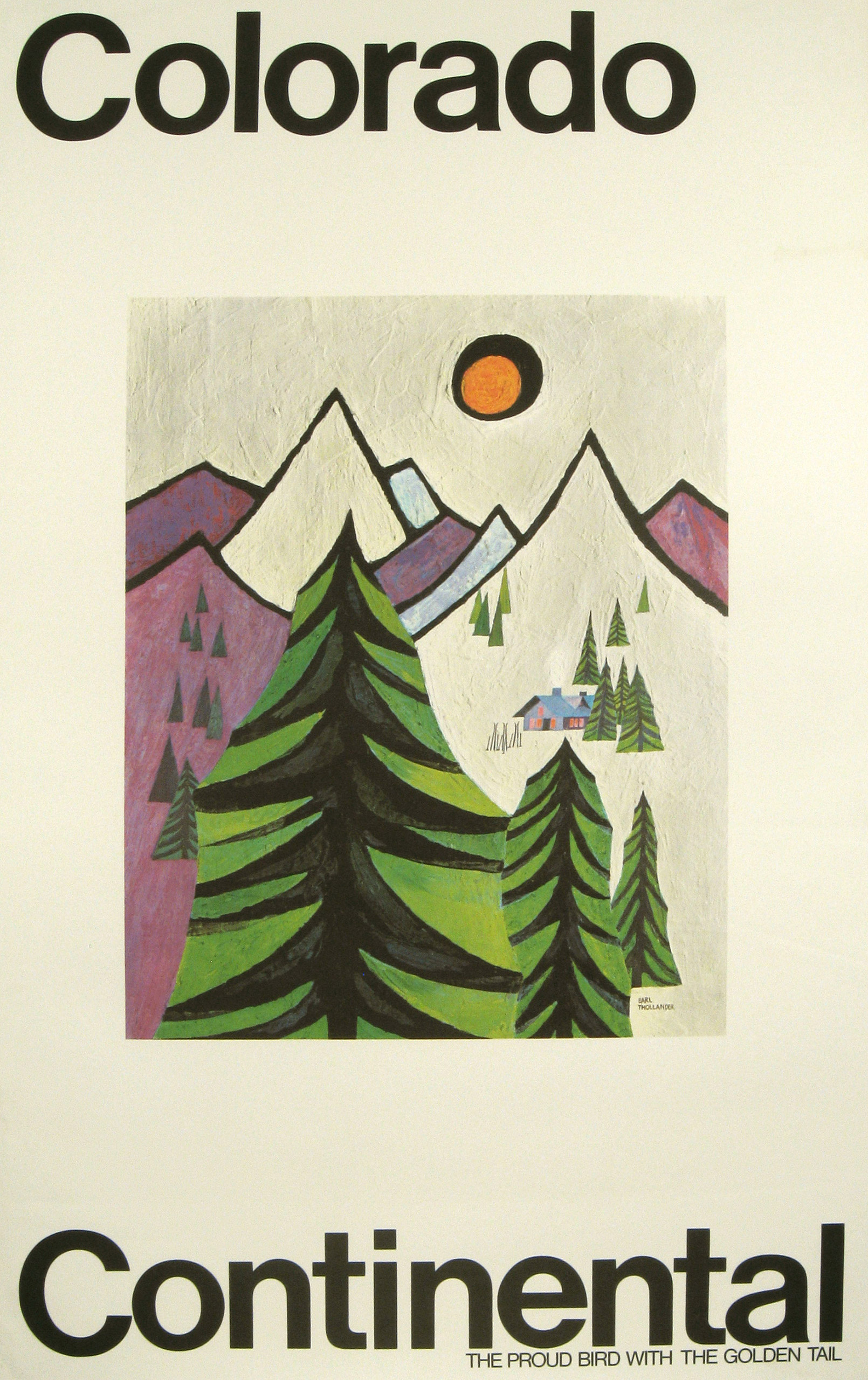

More Must-Reads From TIME
- The 100 Most Influential People of 2024
- The Revolution of Yulia Navalnaya
- 6 Compliments That Land Every Time
- Stop Looking for Your Forever Home
- If You're Dating Right Now , You're Brave: Column
- The AI That Could Heal a Divided Internet
- Fallout Is a Brilliant Model for the Future of Video Game Adaptations
- Want Weekly Recs on What to Watch, Read, and More? Sign Up for Worth Your Time
Write to Lily Rothman at lily.rothman@time.com